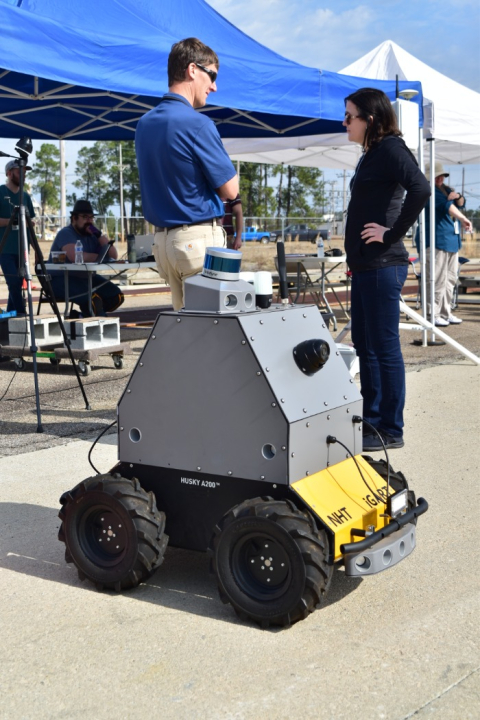
Savannah River National Laboratory (SRNL) oversaw the demonstration recently of a new radiological inspection technology called iGART.
One of the nation’s most complex environmental management challenges is detecting, monitoring and remediating contaminated groundwater.
The wheels on the bus go round and round, but soon you can see just where in town they are going.
An innovative team of truck drivers, engineers, mechanics and others has revamped trucks to make them more functional while transporting samples to support the tank waste mission at the Hanford Site.
A longstanding relationship between the United States and the United Kingdom on environmental cleanup was commemorated during the 2022 Waste Management Symposia.
A multi-decade project to treat contaminated groundwater and stop its migration beneath a portion of the Savannah River Site (SRS) has successfully concluded with the removal of an estimated 18,000 pounds of chemicals.
A team that operates camera-mounted drones at the Savannah River National Laboratory (SRNL) has been recognized with the 2021 Unmanned Aircraft System (UAS) Unit Award by DOE’s Office of Aviation Management.
There’s something big going down at EM’s Waste Isolation Pilot Plant (WIPP).

EM recently announced the expansion of its Minority Serving Institutions Partnership Program (MSIPP) for postdoctoral researchers.

Preparing for 24/7 operations to treat waste from Hanford’s large underground tanks isn’t a one-organization job. EM established the Technical Integration Team to progress the site-wide mission to treat waste under the DFLAW Program.

